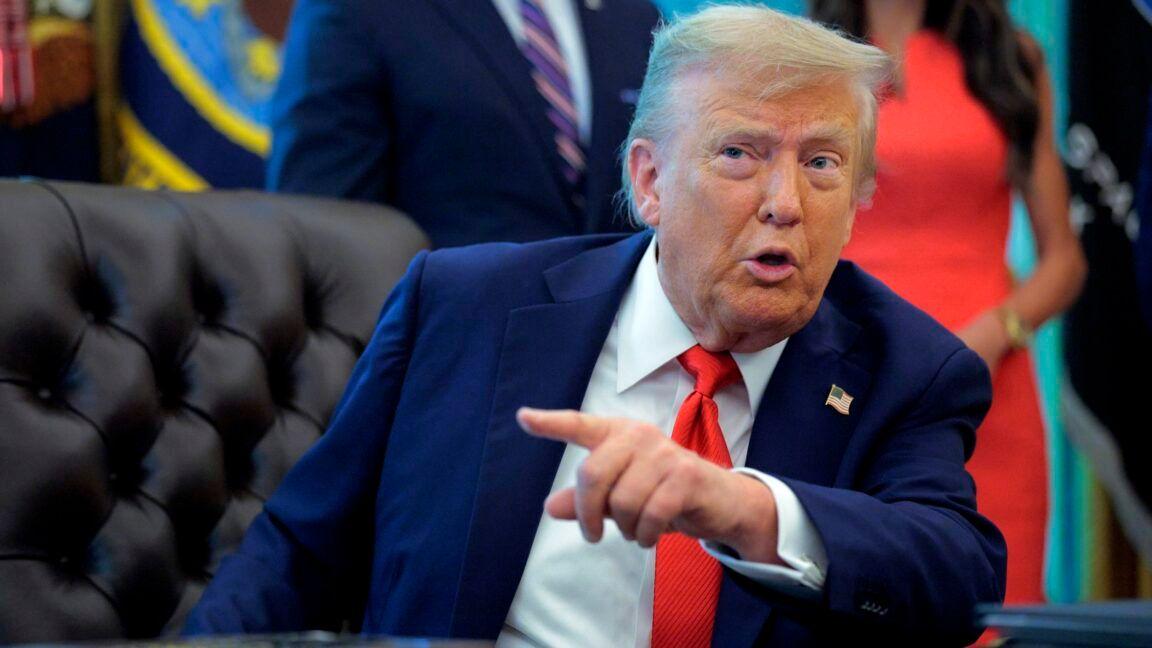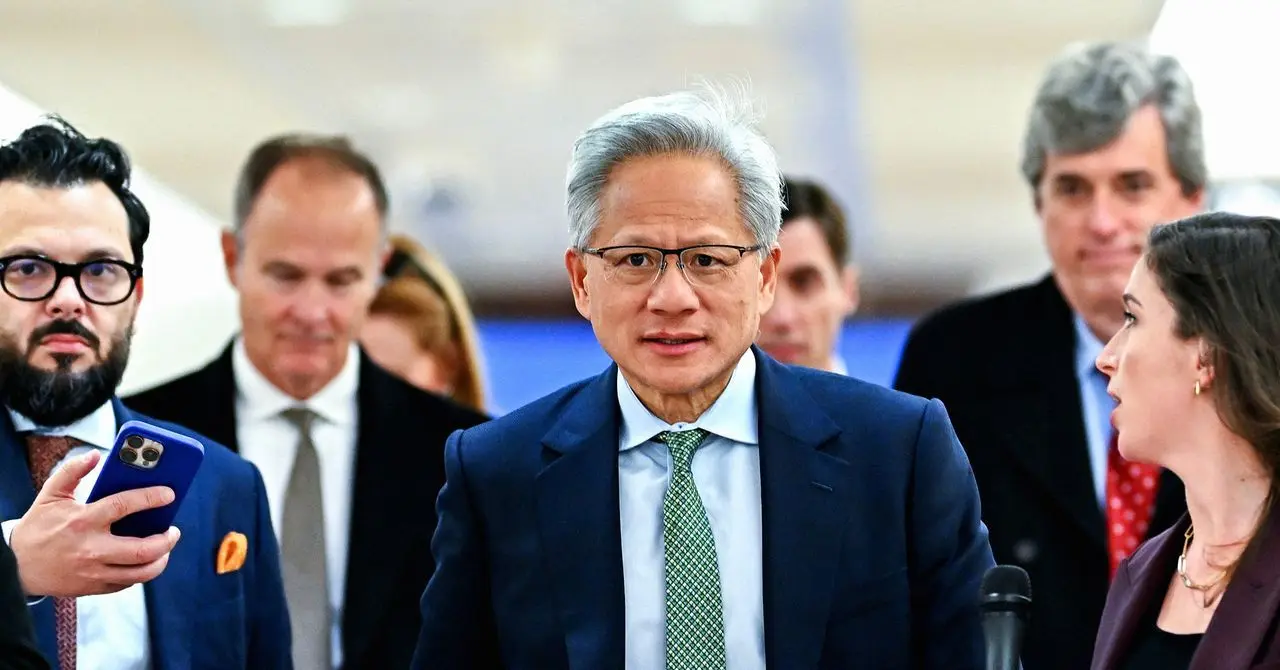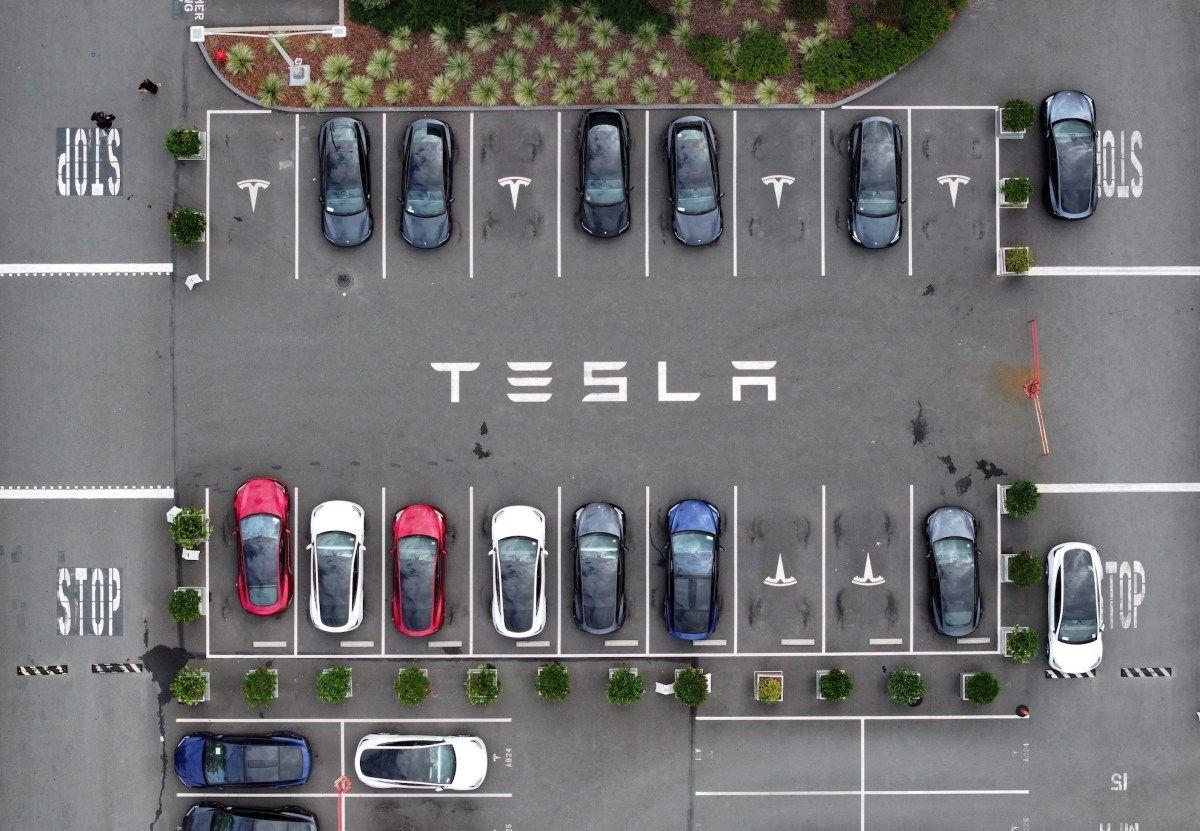Trump's Executive Order Aims to Boost AI Education in K-12 Schools Amid Global Competition
9 Sources
9 Sources
[1]
Trump orders DOE to make AI a national priority while plotting agency's death
Donald Trump's executive order requiring artificial intelligence training in education as a national priority has been met with enthusiasm and confusion. On the one hand, his plans to promote early AI training in K-12 schools appear to be "critical," as Trump says, to "maintain America's global dominance in this technological revolution for future generations." To that end, the order established an AI Presidential Challenge to highlight significant student and educator achievements and encourage innovative thinking. "It is the policy of the United States to promote AI literacy and proficiency among Americans by promoting the appropriate integration of AI into education, providing comprehensive AI training for educators, and fostering early exposure to AI concepts and technology to develop an AI-ready workforce and the next generation of American AI innovators," Trump's order said. But on the other hand, Trump's plan depends on staffing and funding after several rounds of severe cuts in agencies he hopes will somehow find existing funding for his initiative. His plan also hinges on the existence of the Department of Education, which Trump is simultaneously seeking to eliminate. Only about half the staff are left at the DOE, EdWeek reported. John Bailey, a nonresident senior fellow at the American Enterprise Institute and former director of the Office of Educational Technology under George W. Bush, told EdWeek that "it's hard to kind of understand at a time when they're deprioritizing federal education policy and priorities, how to reconcile that with establishing a national priority in this area." But possibly, he suggested, a sleeker department could streamline adoption of AI initiatives. However, perhaps critically, EdWeek pointed out, Trump recently cut "the team at the Education Department that was tasked with framing a national educational technology plan under multiple administrations and assisting states and districts in implementing technology in schools." Trump pushes for industry involvement It seems clear that Trump's executive order was a reaction to China's announcement about AI education reforms last week, as Reuters reported. Elsewhere, Singapore and Estonia have laid out their AI education initiatives, Forbes reported, indicating that AI education is increasingly considered critical to any nation's success. Trump's vision for the US requires training teachers and students about what AI is and what it can do. He offers no new appropriations to fund the initiative; instead, he directs a new AI Education Task Force to find existing funding to cover both research into how to implement AI in education and the resources needed to deliver on the executive order's promises. Although AI advocates applauded Trump's initiative, the executive order's vagueness makes it uncertain how AI education tools will be assessed as Trump pushes for AI to be integrated into "all subject areas." Possibly using AI in certain educational contexts could disrupt learning by confabulating misinformation, a concern that the Biden administration had in its more cautious approach to AI education initiatives. Trump also seems to push for much more private sector involvement than Biden did. The order recommended that education institutions collaborate with industry partners and other organizations to "collaboratively develop online resources focused on teaching K-12 students foundational AI literacy and critical thinking skills." These partnerships will be announced on a "rolling basis," the order said. It also pushed students and teachers to partner with industry for the Presidential AI Challenge to foster collaboration. For Trump's AI education plan to work, he will seemingly need the DOE to stay intact. However, so far, Trump has not acknowledged this tension. In March, he ordered the DOE to dissolve, with power returned to states to ensure "the effective and uninterrupted delivery of services, programs, and benefits on which Americans rely." Were that to happen, at least 27 states and Puerto Rico -- which EdWeek reported have already laid out their own AI education guidelines -- might push back, using their power to control federal education funding to pursue their own AI education priorities and potentially messing with Trump's plan.
[2]
Trump's Latest Draft Executive Order Seeks to Integrate AI Into K-12 Education
The draft order states that in order for the United States to remain ahead technologically, America's youth must cultivate skills using AI. Schools across the United States often cannot afford basics like pencils or stationary paper, and the new education secretary has sought to fulfill President Trump's promise of getting the federal government out of education (except to pull funding from universities over exercising free speech rights). AI is a different story, however: A new draft executive order would prioritize the technology in classrooms by diverting federals towards cultivating "AI literacy" skills amongst students and teachers. Titled "Advancing artificial intelligence education for American youth,†the order states that AI is “driving innovation across industries, enhancing productivity, and reshaping the way we live and work." It goes on to say, "To ensure the United States remains a global leader in this technological revolution, we must provide our Nation’s youth with opportunities to cultivate the skills and understanding necessary to use and create the next generation of AI technology.†In drafting the new order, the Trump administration may be directly responding to China, whose education ministry announced in recent weeks its own plans to overhaul classrooms by integrating AI applications into textbooks and teaching curriculum. The two countries are competing fiercely to maintain a lead in the artificial intelligence space in hopes that doing so will protect their global influence. China has been trying to unseat the United States as the leading global hegemon. The new executive order would establish a White House task force on AI education, including members from the technology sector like Michael Kratsios, director of the Office of Science and Technology Policy, and Trump's advisor on crypto and AI, David Sacks. Here is more from the Washington Post about the U.S. executive order, which is still a draft and could change, or never be issued: It is kind of ironic that 'AI' and 'critical thinking' would be found in the same sentence, as they are conflicting and contradictory concepts. A study by Microsoft and Carnegie Mellon University released earlier in the year found that "those who most trusted the accuracy of AI assistants thought less critically about those tools’ conclusions." It is not surprising that, in the developer community, experts have warned that new programmers do not know how to code but are rather simply accepting answers that coding bots give them, potentially losing out on fundamental knowledge necessary to debug problems or formulate better solutions. On platforms like X, users have taken to relying on chatbots to provide counterarguments in debates without reviewing the factual accuracy of what they are sharing. There is not necessarily an issue if research and steps are taken to make the tools a true benefit to studentsâ€"AI can help search through large reams of data quickly, for instance, or translate old works into English. And some companies have tried to create AI tutors that create personalized learning tracks for each student. But it is reasonable to be skeptical that notoriously tech-illiterate schools will implement AI correctly when most people still do not understand how AI models truly work, or become tricked by the idea that they are "thinking" because of their anthropomorphic design. Teachers struggle enough with just keeping pupils' attention, with many schools seeking to ban access to smartphones during the day to get a lid on the issue. Nothing is more emblematic of the disconnect than Education Secretary McMahon recently finding herself the subject of ridicule after she confused the term artificial intelligence with "A1," the steak sauce. Good luck implementing ChatGPT o4-mini!
[3]
Draft executive order outlines plan to integrate AI into K-12 schools
A policy under consideration by the White House and seen by The Post instructs federal agencies on how to incorporate artificial intelligence into classrooms. The Trump administration is considering issuing an executive order that would create a policy integrating artificial intelligence into K-12 education, according to a draft executive order circulated by the White House to several federal agencies on Monday and obtained by The Washington Post. Federal agencies would be instructed to take steps to train students in using AI and to incorporate it into teaching-related tasks under the draft order. The agencies would also be asked to partner with the private sector to develop relevant programs in schools. The draft is marked "predecisional" and could be subject to change before it is signed, or it could be abandoned. AI is "driving innovation across industries, enhancing productivity, and reshaping the way we live and work," the draft order says. "To ensure the United States remains a global leader in this technological revolution, we must provide our Nation's youth with opportunities to cultivate the skills and understanding necessary to use and create the next generation of AI technology." The White House, the Departments of Education and Labor, and the Office of Science and Technology Policy did not immediately respond to a request for comment overnight. If implemented, this would be the latest instance of the presidential office using an executive order to encourage the adoption of AI. In January, President Donald Trump rescinded regulations introduced by the Biden administration on the industry and backed a private-sector investment of up to $500 billion to build AI data centers. Titled "Advancing artificial intelligence education for American youth," the draft order would establish a White House task force on AI education chaired by Michael Kratsios, the director of the Office of Science and Technology Policy, and include the secretaries of education, agriculture, labor and energy, as well as Trump's special adviser for AI and cryptocurrency, David Sacks, among others. The draft order would instruct federal agencies to seek public-private partnerships with industry, academia and nonprofit groups in efforts to teach students "foundational AI literacy and critical thinking skills." The task force should look for existing federal funding such as grants that could be used for AI programs, and agencies should prioritize spending on AI education, according to the draft order. It would also instruct the education secretary, Linda McMahon, to prioritize federal grant funding for training teachers on how to use AI, including for administrative tasks and teacher training and evaluation. All educators should undergo professional development to integrate AI into all subject areas, the draft order says. It would also establish a "Presidential AI Challenge" -- a competition for students and educators to demonstrate their AI skills -- and instruct Labor Secretary Lori Chavez-DeRemer to develop registered apprenticeships in AI-related occupations. The focus is on K-12 education, but the draft order says, "Our Nation must also make resources available for lifelong learners to develop new skills for a changing workforce."
[4]
Trump signs AI education order to train K-12 students amidst competition from China
Trump shows off the signed AI education executive order. Credit: Samuel Corum / Sipa / Bloomberg / Getty Images President Donald Trump signed a new executive order on Wednesday aimed at fostering AI education in K-12 schools and preparing students for an increasingly AI-centric workforce. The new directive's overarching goal is to "ensure the United States remains a global leader in this technological revolution," according to the press release. The policy seeks to "promote AI literacy and proficiency of K-12 students" while also training educators so they can integrate AI education into their curriculums. The move could be a response to recent developments in China. In March, the Beijing Municipal Education Commission announced that it would be making AI lessons mandatory for primary and secondary school students. Starting in September, Chinese students will be required to take eight hours of AI classes a year. And last week, Reuters reported that China's education ministry's plans to "integrate artificial intelligence (AI) applications into teaching efforts, textbooks and the school curriculum." The president's executive order establishes an Artificial Intelligence Education Task Force comprising members of various federal agencies, including the secretaries of Agriculture, Labor, Energy, Education, the Director of the National Science Foundation, and the Special Advisor for AI & Crypto. China's rapid advancements in AI have threatened the previously comfortable position of the U.S. at the top of the AI industry, largely due to the introduction of DeepSeek. The Chinese company produced an AI model with capabilities comparable to OpenAI's reasoning models, and reportedly trained its R1 model for a fraction of the cost. DeepSeek rattled U.S. tech stocks and prompted President Trump to say at the time, "the release of DeepSeek, AI from a Chinese company should be a wake-up call for our industries that we need to be laser-focused on competing to win." The executive order is broken down into four buckets: prioritizing the AI education of students, providing AI professional development for educators, growing and developing "AI-related Registered Apprenticeships" for relevant occupations and industries, and a "Presidential Artificial Intelligence Challenge." The Challenge will highlight "student and educator achievements in AI" from a variety of age groups and across geographic regions. Keep an eye out for that within the next 90 days, as the executive order mandates.
[5]
Trump Launches AI Education Push With Latest Executive Order - Decrypt
It remains unclear how the administration will implement the initiative, following cuts to education funding. President Donald Trump signed an executive order on Tuesday to boost artificial intelligence education across the U.S., launching a national initiative aimed at preparing American students for careers in one of the world's fastest-growing technologies. In January, shortly after beginning his second term, Trump signed an executive order to remove barriers to U.S. leadership in AI, reversing restrictions imposed under the Biden administration. As part of the new initiative, Trump is creating the White House Task Force on AI Education to lead the administration's efforts. Chaired by the Director of the Office of Science and Technology Policy, the task force will include senior officials such as the Secretaries of Energy, Agriculture, Education, and Labor, as well as David Sacks, the White House Special Advisor for AI and Cryptocurrency. "America's youth need opportunities to cultivate the skills and understanding necessary to use and create the next generation of AI technology," the White House said in a statement. "Early training in AI will demystify this technology and prepare America's students to be confident participants in the AI-assisted workforce, propelling our nation to new heights of scientific and economic achievement," it added. Despite those ambitions, it remains unclear how the administration will implement the initiative, especially following significant cuts to the U.S. Department of Education enacted by Trump in March. According to the White House, the task force will lead a Presidential AI Challenge to showcase student and educator achievements, boost AI adoption, and promote collaboration across sectors to tackle national challenges. "The Challenge shall encourage and highlight student and educator achievements in AI, promote wide geographic adoption of technological advancement, and foster collaboration between government, academia, philanthropy, and industry to address national challenges with AI solutions," the White House wrote. The order also directs the Secretary of Education to prioritize AI in discretionary teacher training grants and instructs the Director of the National Science Foundation to focus research on AI in education. The success of the initiative may hinge on how effectively the White House can coordinate these AI education efforts, despite recent education budget cuts that Trump himself implemented. "Preparing our students to be leaders in AI technology also requires investing in our educators, providing them with the tools and knowledge to both train students about AI and utilize the technology in the classroom," the White House said.
[6]
Trump is reportedly drafting an executive order to integrate AI into public schools. Here's what's in it
The EO, titled "Advancing artificial intelligence education for American youth" and reportedly seen by the paper, instructs federal agencies to help train K-12 students in the use of AI and make it part of teaching-related tasks. Private sector AI companies, which are not named but could include Elon Musk's xAI as well as OpenAI, would also be asked to be part of the program, helping to develop programs to run in schools. Trump could decide to change or simply not sign the EO but in his three months in office, he has shown a strong backing for the technology. The White House did not immediately respond to Fast Company's request for comment about the report. Since the start of his administration, Trump has done away with regulations put in place during the Biden administration to create guardrails for AI companies. He also has championed a private sector investment to build AI data centers, worth as much as $500 billion.
[7]
Exclusive: President Trump to sign executive order bringing AI to K-12 schools
Now that President Trump has signed an executive order to dismantle the Education Department, what happens next? Here is what we know now. WASHINGTON - President Donald Trump will sign an executive order Wednesday aimed at bringing artificial intelligence into K-12 schools, according to a senior administration official. The directive, which Trump is set to sign from the Oval Office, instructs the U.S. Education and Labor Departments to create opportunities for high school students to take AI courses and certification programs, and to work with states to promote AI education, according to a White House summary of the order reviewed by USA TODAY. Trump's action will also direct the Education Department to prioritize the application of AI in discretionary grant programs for teacher training, the National Science Foundation to prioritize research on the use of AI in education, and the Labor Department to expand AI-related apprenticeships. The order ‒ one of seven education-related directives Trump is expected to sign April 23 ‒ underscores an area of bipartisan concern in Washington, namely how best to incorporate AI into teaching. Both Democrats and Republicans have expressed fears about American students falling behind other nations, particularly China, as the technology becomes more advanced and integrated into the workforce. In addition, Trump will create a White House Task Force on AI Education, which will include Education Secretary Linda McMahon and Labor Secretary Lori Chavez-DeRemer, and will be chaired by Michael Kratsios, director of the White House Office of Science and Technology Policy. The group will develop a "Presidential AI Challenge," the White House said, which will highlight and encourage the use of AI in the classroom. The task force will also be responsible for establishing public-private partnerships to provide resources for AI education in K-12 schools. A bipartisan congressional report issued in December 2024 said, "K-12 educators need resources to promote AI literacy." However, it also acknowledged that AI in the workforce and schools must be deployed within the bounds of labor and antidiscrimination laws. Though conservatives and liberals agree on the need to embrace some aspects of AI in schools, they have clashed over the role of federal regulations in that process. "AI will likely revolutionize the way students learn, but the federal government doesn't need to be involved," concluded a Republican recap from an April committee hearing on AI in education. The Washington Post was the first to report on April 22 about a draft executive order circulating among federal departments to incorporate AI into K-12 classrooms. Trump's executive order will instruct the labor secretary to financially incentivize AI-related apprenticeships. Apprenticeships have been widely embraced in recent years by Democrats and Republicans, including McMahon, as essential alternatives to college. The new White House initiative comes after an embarrassing viral moment for McMahon, who on April 8 confused AI with A1, a popular steak sauce, during a conference in San Diego. (Initially, she used the acronym correctly, but she stumbled as she continued her public remarks.) Shortly after his inauguration in January, Trump signed an order rescinding regulations for AI expansion that had previously been adopted by former President Joe Biden. Trump also promoted a $500 billion private investment from three tech companies that planned to build new AI data centers. In March, President Trump signed a separate order seeking to dismantle the Education Department. The agency still exists, however (though with just half the workforce it once had). Only Congress can entirely abolish federal agencies. A coalition of states sued the Trump administration more than a month ago, alleging the mass layoffs at the Education Department were illegal. A court hearing to consider a preliminary injunction on the firings is set for April 25. Joey Garrison is a White House correspondent for USA TODAY. Follow him on X at @joeygarrison.
[8]
Trump signs executive order incorporating AI into classrooms
President Trump signed an executive order on Wednesday that aims to incorporate artificial intelligence (AI) into America's classrooms. Although the exact text of the order has not released, The Washington Post saw a pre-decisional draft that said the president wants students trained on how to use AI and for schools to partner with the private sector to implement the technology into school programs. The order would instruct Education Secretary Linda McMahon to prioritize federal funds for training teachers and administrators with how to use AI for their benefit but also how to incorporate it into all subjects. An AI education task force would be created to encourage federal agencies to partner with the private sector with the goal of teaching students "foundational AI literacy and critical thinking skills," according to The Post. AI has taken classrooms by storms over the last couple of years, with both benefits and risks to educators and students. Schools have already begun partnering with organizations to teach educators and students how to use AI responsibly. Downsides to the technology include concerns of cheating and bullying, along with the ethical worries. Trump also signed an executive order in January taking away some regulations from the AI industry and investing in AI data centers.
[9]
Trump Pushes AI Education In Schools, Rolling Back Obama-Era Policies And Cracking Down On Foreign Funds: 'AI Seems To Be Where It's At'
Enter your email to get Benzinga's ultimate morning update: The PreMarket Activity Newsletter President Donald Trump signed a distinct set of executive orders on April 23 aimed at reconfiguring U.S. education policy across K-12 and higher education. The directives include encouraging artificial intelligence education in schools, reformulating college accreditation standards, removing former President Barack Obama-era guidance on school discipline, and implementing new transparency rules for foreign funding in universities. The orders also reiterate support for Historically Black colleges and Universities (HBCUs) and promote workforce development initiatives. AI Education in High Schools A crucial order aims at integrating artificial intelligence into high school curricula. The Departments of Education and Labor are directed to expand AI certification programs and partner with states to promote AI instruction. The National Science Foundation will also back research on AI's role in education. "This is a big deal, because AI seems to be where it's at," Trump said during the signing in the Oval Office. Overhaul of College Accreditation Another order aims at what Trump called "ideological overreach" in higher education. It directs the Education and Justice Departments to investigate accreditors for implementing DEI-based standards that supposedly go against federal civil rights laws. The order warns of repercussions like suspension or revocation of accreditation recognition. According to the White House, the objective is to "eliminate unlawful discrimination, promote academic freedom and intellectual inquiry, and restore accountability." See Also: $44 Billion At Risk: Trump's Crackdown On International Students Threatens U.S. Higher Ed And Economy Rollback of School Discipline Guidance Trump also revoked a 2014 Obama-era directive that encouraged schools to examine why students of color were disciplined more often. The new order says that policies like these lead to weakened discipline standards. Ban on Disparate-Impact Liability Trump also signed an order that challenges the legal concept of "disparate impact," where neutral policies are seen as discriminatory based on unequal impacts. Trump said the concept compels schools to discriminate "to achieve predetermined, race-oriented outcomes." His order states: "This Executive Order restores the true promise of the Civil Rights Movement -- a system that does not differentiate between Americans based on race." Workforce Development and Apprenticeships The Departments of Labor, Commerce, and Education has been directed to propose a strategy within 90 days listing skills in demand and creating education programs according to the list. The initiative aims "to fully equip the American worker to produce world-class products and implement world-leading technologies." Changes to HBCU Policy Another Trump order terminates the EPA's HBCU and Minority Serving Institutions Advisory Council, but also highlights the creation of new opportunities through private-sector partnerships and leadership development. He described HBCUs as "beacons of educational excellence and economic opportunity." Disclosure of Foreign Funding at Universities The final order cites investigations during Trump's first term that showed $6.5 billion in previously unreported foreign funds given to universities. "It is the policy of my Administration to end the secrecy surrounding foreign funds... and safeguard America's students and research from foreign exploitation," he said in the White House statement. Read Next: Harvard Sues Trump Administration For Attempting To Withhold Billions In Federal Grants Image Via Shutterstock Got Questions? AskWhich AI education companies will thrive?How will tech firms react to education policies?Which universities may face funding challenges?What investment opportunities exist in HBCUs?Could workforce development programs benefit tech stocks?How will foreign funding regulations impact universities?Which companies stand to gain from AI certifications?What educational technology firms could see growth?How will apprenticeship programs affect job markets?Which sectors may be disrupted by accreditation changes?Powered ByMarket News and Data brought to you by Benzinga APIs
Share
Share
Copy Link
President Donald Trump signs an executive order to integrate AI education into K-12 schools, establishing a national priority for AI literacy and proficiency. The move comes as a response to global competition, particularly from China, in AI development and education.

Trump Signs Executive Order on AI Education
President Donald Trump has signed an executive order aimed at integrating artificial intelligence (AI) education into K-12 schools across the United States. The move comes as a response to growing global competition in AI development, particularly from China
1
2
.Key Points of the Executive Order
The executive order, titled "Advancing artificial intelligence education for American youth," outlines several key initiatives:
- Establishing AI literacy and proficiency as a national priority
- Creating a White House Task Force on AI Education
- Launching a Presidential AI Challenge
- Prioritizing AI in teacher training and curriculum development
- Encouraging public-private partnerships for AI education programs
The order states, "To ensure the United States remains a global leader in this technological revolution, we must provide our Nation's youth with opportunities to cultivate the skills and understanding necessary to use and create the next generation of AI technology"
3
.White House Task Force and Presidential AI Challenge
The executive order establishes a White House Task Force on AI Education, chaired by Michael Kratsios, the director of the Office of Science and Technology Policy. The task force includes secretaries from various departments and Trump's special adviser for AI and cryptocurrency, David Sacks
3
4
.A Presidential AI Challenge will be launched to showcase student and educator achievements in AI, promote wide geographic adoption of technological advancements, and foster collaboration between government, academia, philanthropy, and industry
5
.Focus on K-12 Education and Teacher Training
The order emphasizes the importance of integrating AI into K-12 education, with a focus on:
- Training students in using AI
- Incorporating AI into teaching-related tasks
- Providing comprehensive AI training for educators
- Fostering early exposure to AI concepts and technology
1
3
Funding and Implementation Challenges
Despite the ambitious goals, the executive order faces potential implementation challenges:
- No new appropriations are provided to fund the initiative
- The order relies on existing funding sources and grants
- Recent cuts to the Department of Education may impact implementation
- Trump's simultaneous efforts to eliminate the Department of Education create tension with the AI education goals
1
5
Related Stories
Global Competition and Industry Involvement
The executive order appears to be a direct response to China's recent announcement of AI education reforms
1
. Other countries, such as Singapore and Estonia, have also laid out AI education initiatives, highlighting the growing global focus on AI literacy1
.The order encourages collaboration between educational institutions and industry partners to develop online resources for K-12 students and foster partnerships for the Presidential AI Challenge
1
4
.Concerns and Criticisms
Some experts have raised concerns about the executive order:
- The vagueness of the order makes it uncertain how AI education tools will be assessed
- There are worries about potential misinformation from AI tools in educational contexts
- Critics point out the irony of combining "AI" and "critical thinking" in the same initiative, given studies showing that overreliance on AI can hinder critical thinking skills
2
As the United States moves forward with this AI education initiative, balancing the benefits of AI integration with the need for critical thinking and comprehensive understanding will be crucial for its success.
References
Summarized by
Navi
[3]
Related Stories
Trump Overturns Biden's AI Safeguards, Calls for 'Ideologically Unbiased' Development
21 Jan 2025•Policy and Regulation

Trump's AI Action Plan: Deregulation, Infrastructure, and the Battle Against 'Woke' AI
23 Jul 2025•Policy and Regulation
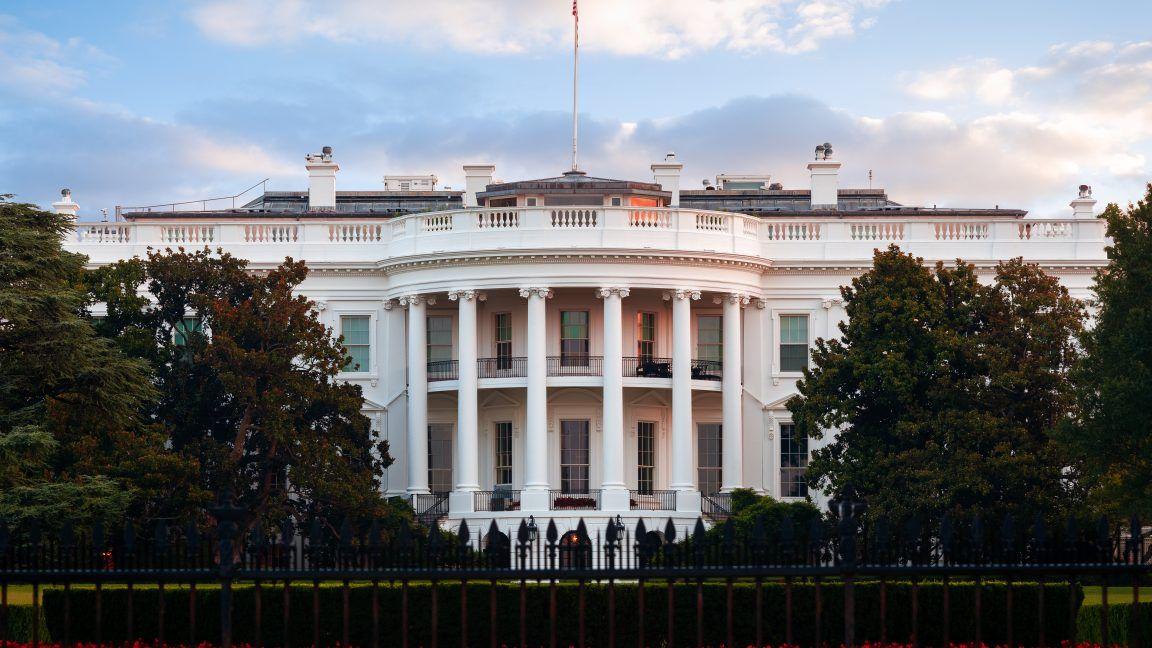
Trump Administration Prepares Executive Orders to Boost AI Infrastructure and Energy Supply
27 Jun 2025•Technology
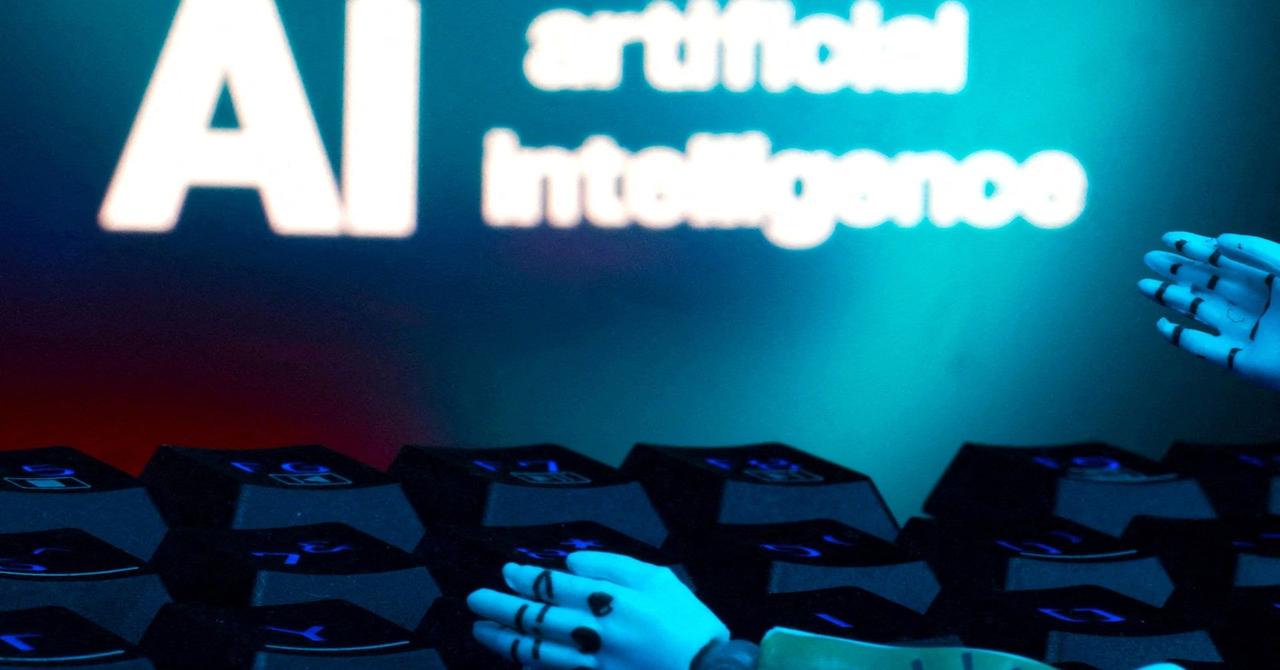
Recent Highlights
1
OpenAI releases GPT-5.2 AI model after code red memo targets Google's Gemini 3 threat
Technology

2
Disney invests $1 billion in OpenAI, licenses 200+ characters for Sora AI video generator
Technology

3
OpenAI faces wrongful death lawsuit after ChatGPT allegedly fueled murder-suicide tragedy
Policy and Regulation

